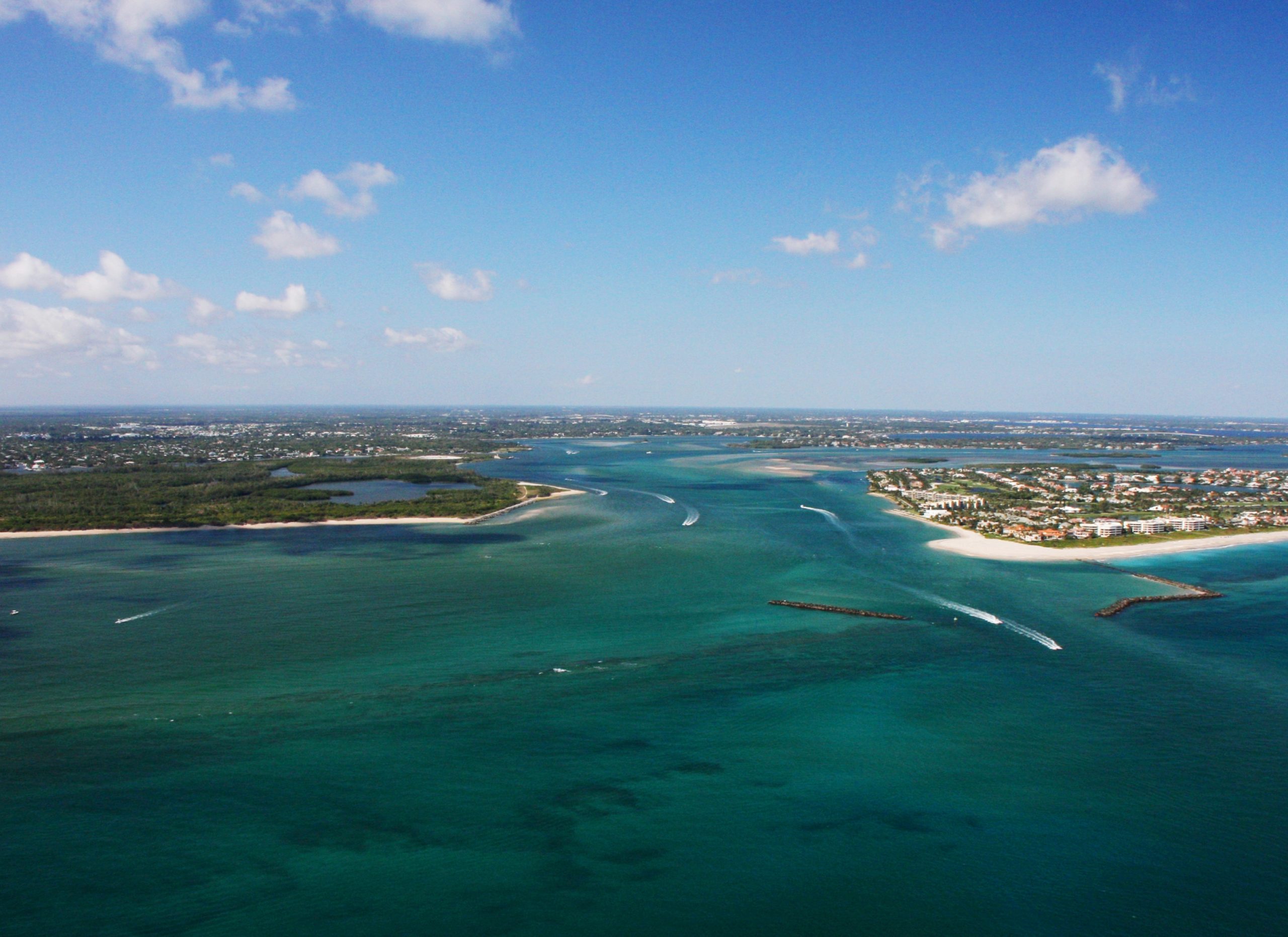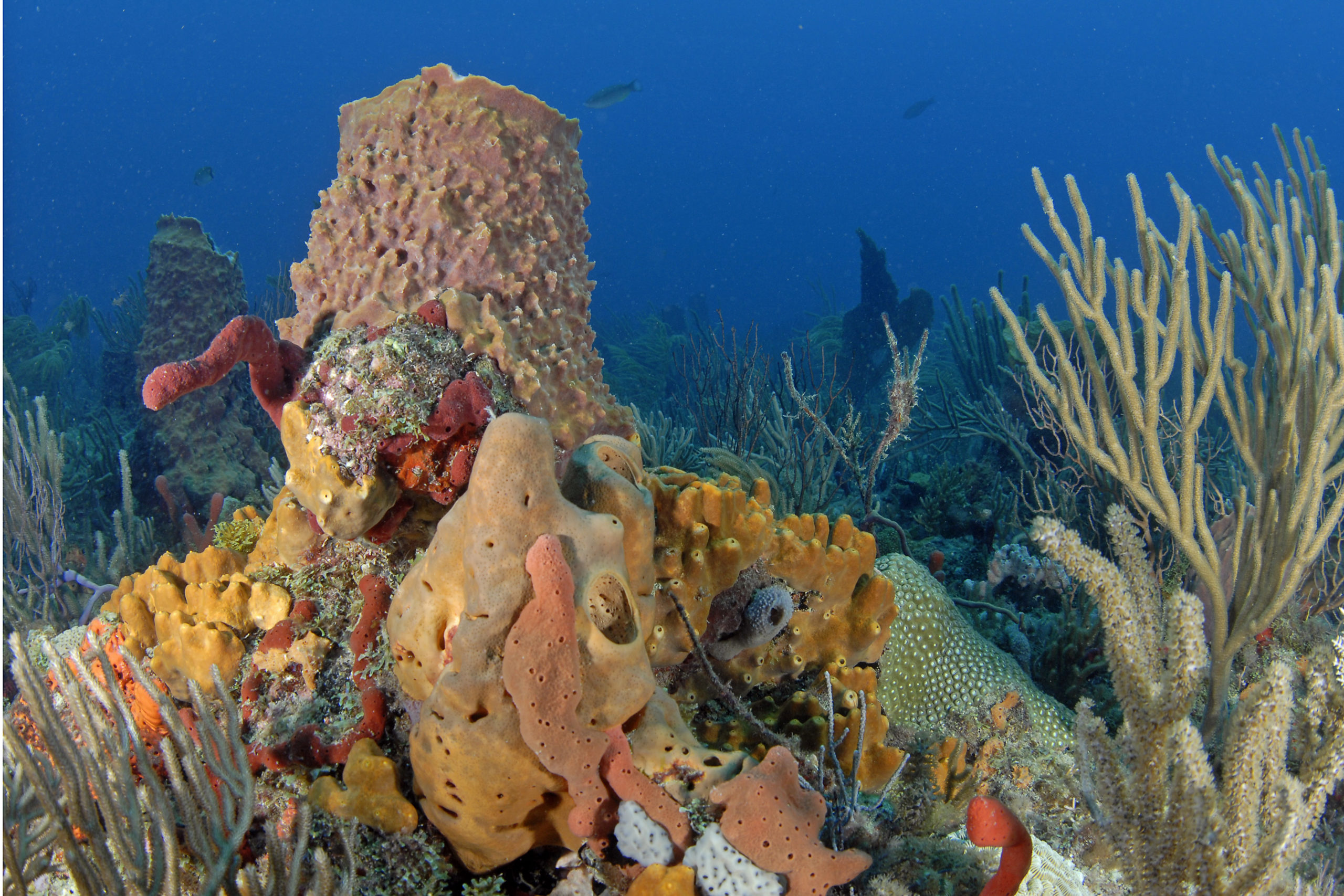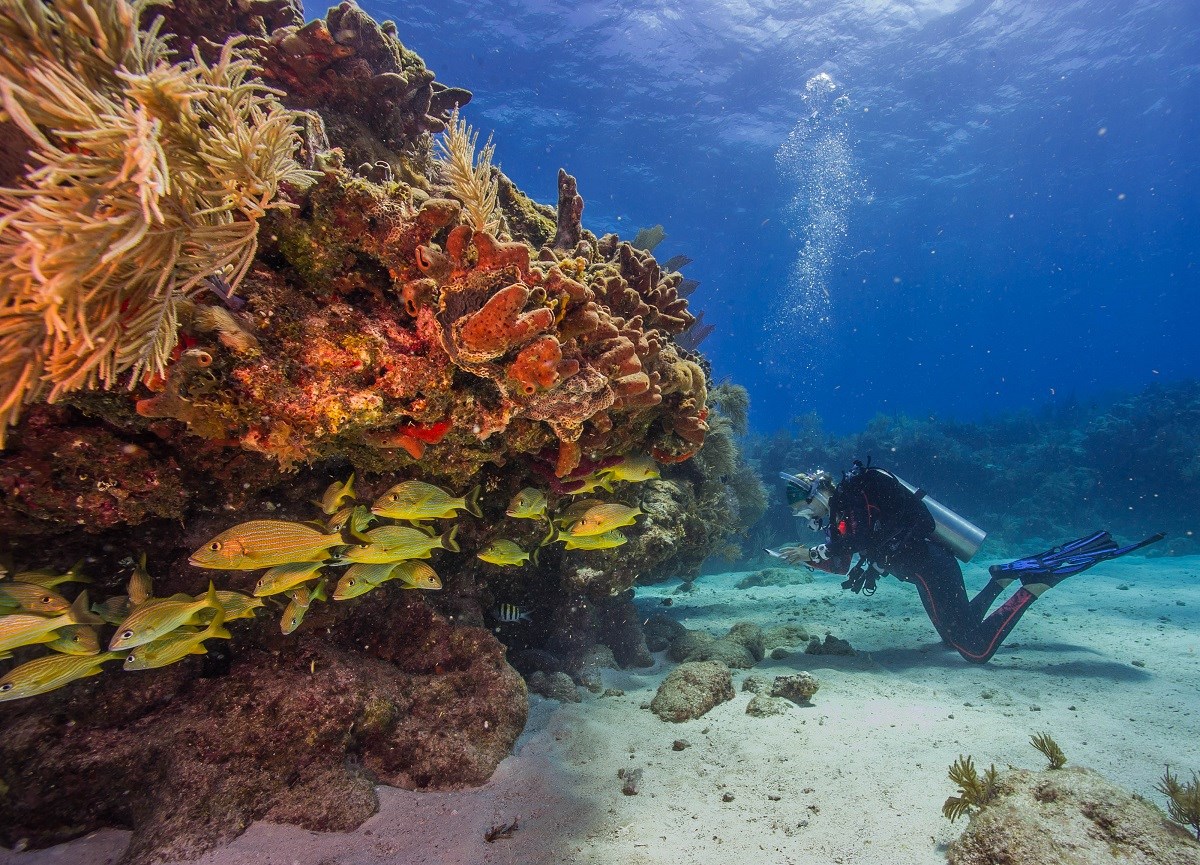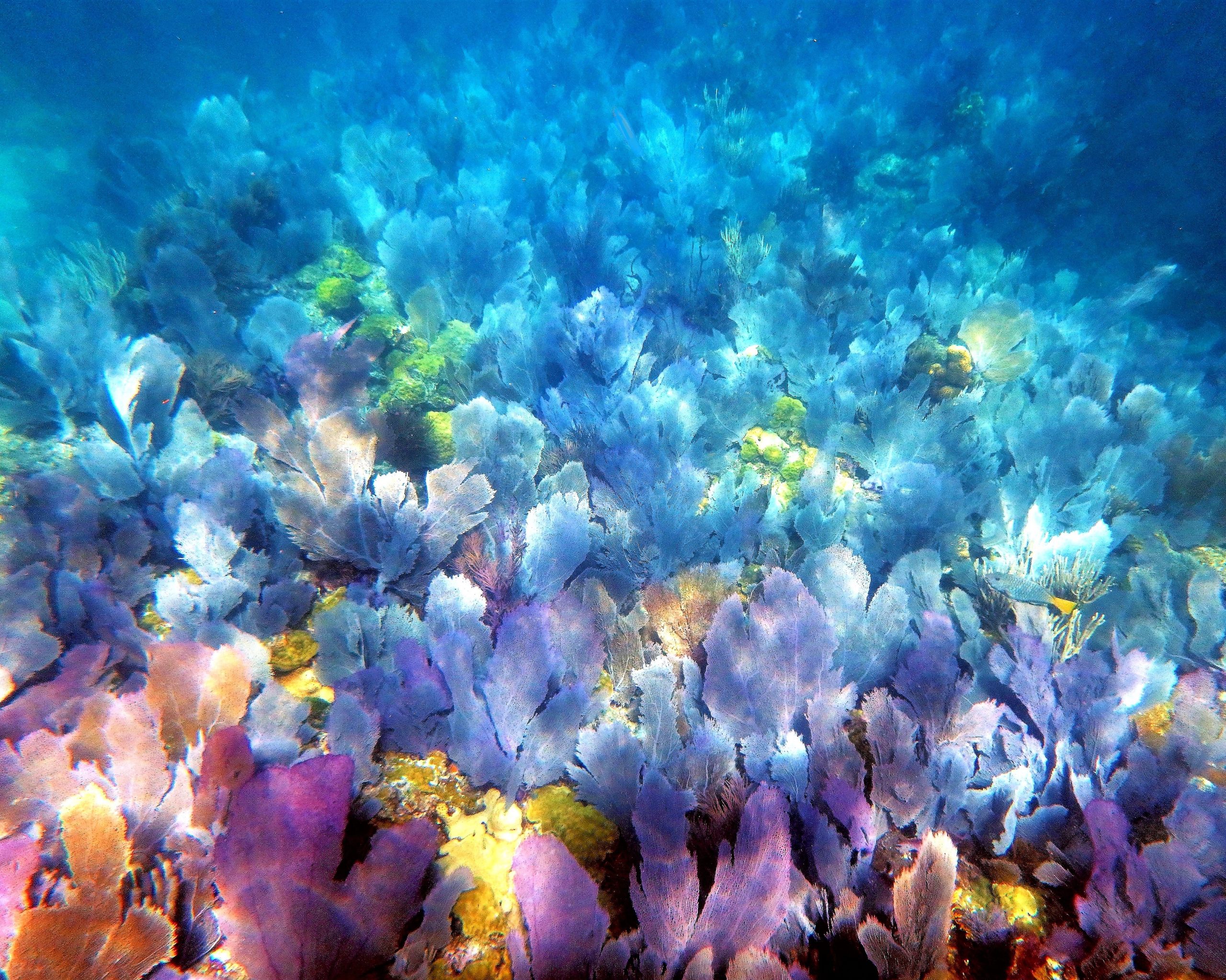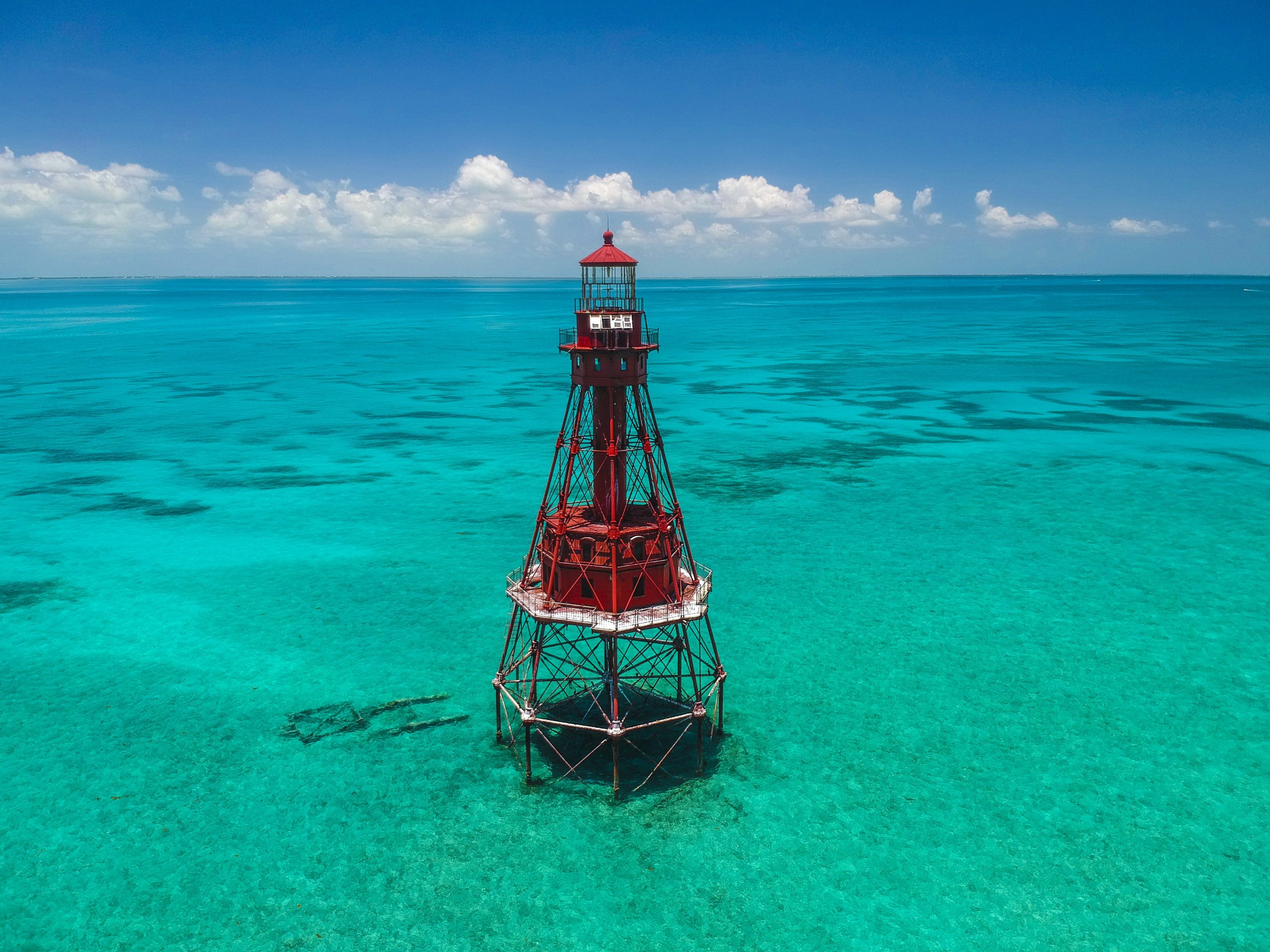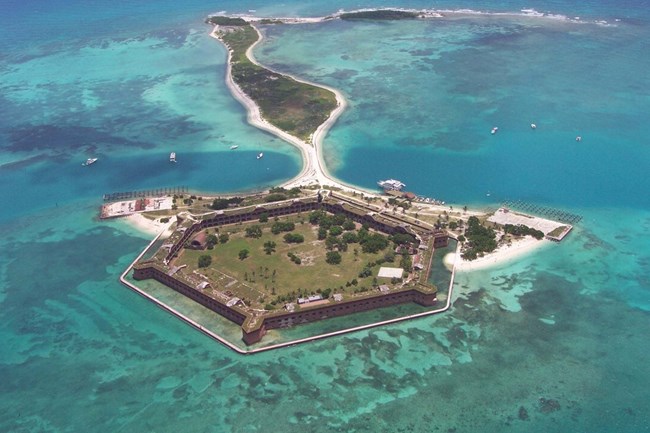Fishing
From world-class fishing, diving and snorkeling to the famed ocean-inspired cuisine, Southeast Florida’s marine finfish and shellfish industries are enjoyed by residents and visitors alike. Florida’s reef ecosystem is home to hundreds of different species of fish and other animals such as shrimp, crabs, sharks and lobster.
Many reef fish rely upon multiple habitats for shelter and food during their life cycles, including Florida’s Coral Reef, nearshore hardbottom, seagrass beds and mangroves.
Popular seafood species like snapper, grouper, hogfish and lobster spend their early life within the inshore and nearshore habitats, where they can feed, mature and then move offshore onto the coral reefs. The multi-habitat use by so many different species indicates that healthy habitats and fisheries are important to the local economy now and into the future.
Southeast Florida has historically been known for its outstanding fishing. Revenue and income from fishing-related businesses, both recreational and commercial, are an important part of the local economy.
In Southeast Florida, nearly 3.2 million pounds of reef fish are landed annually by commercial fishers, totaling more than $10 million. Recreational catches exceed commercial catch, and in Southeast Florida the number of recreational anglers greatly exceeds commercial anglers. Since fish are often released during recreational fishing, the types of fishing gear used as well as anglers’ fish handling and release practices are important to the survival and long-term health of those fish.
Reef fish populations may be impacted by a variety of factors including water quality, availability of essential habitat and fishing pressure. Boats as well as certain types of fishing gear can cause severe physical damage to coral reefs, seagrass beds and other important marine habitats.
Recreational and commercial fishers play an important role in minimizing any impacts from fishing on Florida’s Coral Reef.
Responsible Practices when Fishing or Eating Seafood
- Before you go, it’s important to familiarize yourself with and download the Fish Rules App to quickly and easily find regulations when you’re on the water.
- Visit FWC’s Fish Handling and Gear webpage to learn about ethical angling practices. There is much you can do to give the fish you release a chance for survival. By adopting a few simple habits, like minimizing the time fish are out of the water and using a de-hooking tool, you will help increase the survival rate of fish you release.
- Keep the idea of sustainable fishing in mind and stay updated on FWC regulations. More fish in the water leads to more successful reproduction, which in turn means more sustainable fishing for the future.
- Reel in and recycle! Don’t leave your line behind. You can find a recycling bin near you to properly dispose of your monofilament line at FWC Mono Recycle Bin Locations.
- When planning a fishing trip within the Florida Keys National Marine Sanctuary, book with a Blue Star recognized charter and know you are selecting an operator dedicated to education and habitat conservation. Fishing guides in Florida can also be certified as a Florida Friendly Guide, a program that trains anglers on sustainable boating and fishing techniques.
- Eating responsibly harvested seafood keeps our oceans healthy by supporting thriving fish populations. When buying or eating seafood, it is important to check what region of the world it came from and how it was harvested whenever possible.
